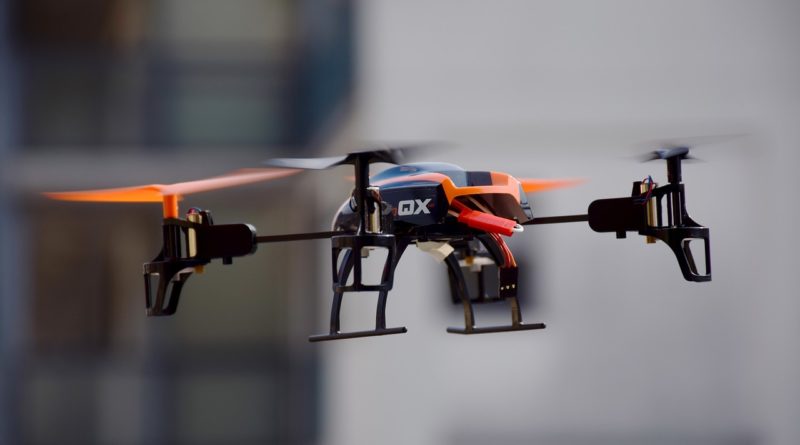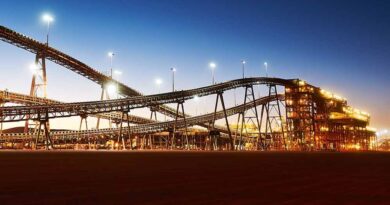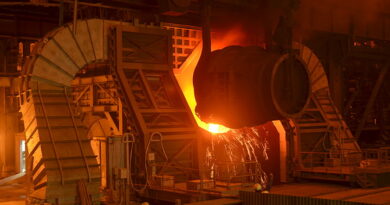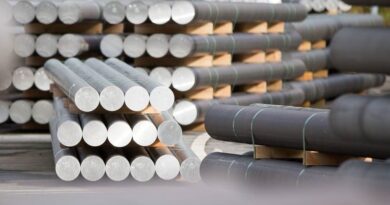Robots and drones in the steelmaking industry
Use of robots in the steel industry is not a new trend. Today, robots come with artificial intelligence embedded with machine learning that in turn power cognitive competences. Equipped with computer vision, these robots can inspect items in bulk for errors, automate the transportation of work-in-progress or finished goods, and avoid safety risks using predictive intelligence.
In particular, with regard to Industry 4.0, the demands on material composition of steel have increased in terms of precision and accuracy. Bringing autonomous robots into the picture will allow precision and consistency. With such robots, labour costs will be reduced, and productivity can increase as the robots can work continuously around the clock without fatigue.
Further, employee safety can be improved in highly hazardous environments, and insurance and injury leave costs can be reduced significantly. In addition, drones can be utilised in different warehouse operations – inbound logistics in timecritical circumstances, transporting materials from storage to production line, efficiently scanning stock – thus reducing overall labour costs.
However, as technology progresses, prices are dropping. As per research by ARK, the cost of industrial robots is likely to reduce by 50–60% in the next 5 years.
A hi-tech robotic welding line is being used by an Indian steel company at its automotive service centre to increase capacity. As the biggest, fastest and most efficient robotic welding line, it can weld more than a thousand car parts in an hour. As a result, the site can produce more sheets of special steel without any impact on the employment levels.
DRONES
Commercial drones are being used in steel manufacturing. These are extremely useful to inspect materials and devices without disturbing production. Such inspections will reduce downtime drastically and also reduce the time taken to detect a specific issue in more inaccessible environments like finishing mills and furnaces.
Drones are also being employed to collect better quality data due to their ability to take images at close range. The drone market will grow steadily in the consumer, commercial and military sectors.
In its report, Goldman Sachs estimated that drone technologies will reach a total market size of USD 100 billion between 2016 and 2020.
Though 70% of this figure would be linked to military activities, commercial business represents the fastest growth opportunity, projected to reach USD 13 billion. It is estimated that currently, commercial applications have a total addressable market of USD 127 billion globally.
The numbers clearly indicate the huge potential of autonomous technology. Delivery of products to customers using autonomous drones and robots is also becoming increasingly common. For example, an Indian steel manufacturing company is deploying drones to report compliance issues and monitor the volumetric production.




